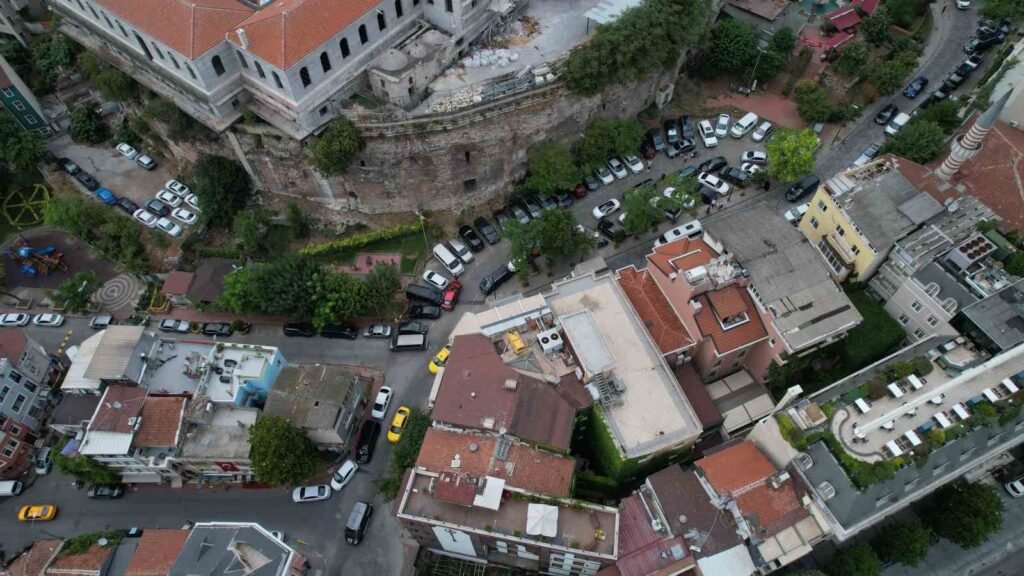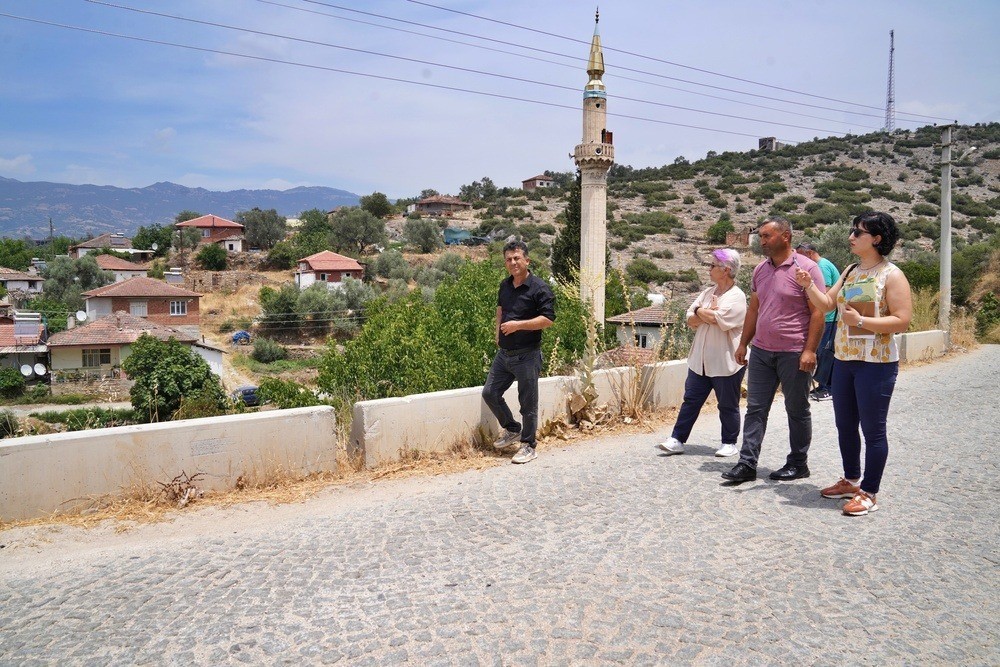The Importance of Bringing the Black Stone to Istanbul
The Black Stone of the Kaaba gained historical and religious significance with its arrival in Istanbul. This sacred stone holds great spiritual value for Muslims. Click for details.

Bringing the Black Stone of Hajar-ul-Aswad to Istanbul
During the Ottoman Empire period, five pieces of the Black Stone of Hajar-ul-Aswad, considered sacred in the Islamic religion, believed to have been sent down from heaven, and whose main part is located in the Kaaba, were brought to Istanbul. The largest piece of Hajar-ul-Aswad in Turkey is located in the Kanuni Sultan Suleiman Tomb, while the other four pieces are found in the Sokullu Mehmet Pasha Mosque.
Significance of the Black Stone of Hajar-ul-Aswad and its Parts in Istanbul
Ebuzer Gumus, the Acting Director of Istanbul Shrines Museums under the Ministry of Culture and Tourism, emphasizes the importance of the Black Stone of Hajar-ul-Aswad for the Islamic world. Hajar-ul-Aswad stands out as a stone with parts only found in Istanbul, apart from its original piece in the Kaaba. Gumus elaborates on the stone’s connection to the Kaaba in detail and highlights its historical significance.
The pieces of the Black Stone of Hajar-ul-Aswad in Istanbul were placed by Mimar Sinan in the Sokullu Mehmet Pasha Mosque and Kanuni Sultan Suleiman Tomb. The process of bringing these pieces to Istanbul and how Mimar Sinan positioned these stones are also noted as important details.
- The largest piece of the Black Stone of Hajar-ul-Aswad in Turkey is located in the Kanuni Sultan Suleiman Tomb.
- The other 4 pieces are exhibited in a way that visitors can see them in the Sokullu Mehmet Pasha Mosque.
Kemal Gozsuz from the congregation of the Sokullu Mehmet Pasha Mosque emphasizes the importance of the Black Stone of Hajar-ul-Aswad, describing the spiritual attachment of visitors to the stone. Gozsuz mentions that the stone is one that the Prophet Muhammad touched and that the Prophet also valued. Additionally, he provides information on how visitors react to the stone and the worship practices carried out on it.







